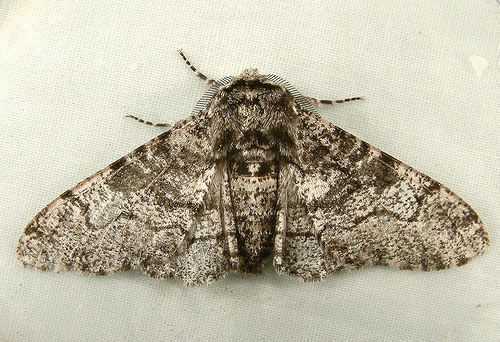
Today in Biology we looked at population growth, graphing populations of bacteria (hypothetical), bees in a hive, deer and the human population. The rate of population growth is dependent on four factors – births and immigration (increase) and deaths and emigration (decrease). In the hypothetical situation of bacterial growth with no limits, we saw that the population increased exponentially. Bees showed a gradual increase and then reached their equilibrium around the ‘carrying capacity’ of the hive. The ‘carrying capacity’ is dependent on environmental pressures such as space and nutrient availablity. Other environmental factors that will affect population growth include predation, disease (parasites and pathogens), catastrophic weather events (drought, flood, fire, storms) and habitat destruction. The deer population showed a more gradual increase, a peak and then a sharp decline. This may have been as a result of hunting, drought, disease, introduced predators or parasites.
The human population growth showed an exponential increase, with our global population now at nearly 7 billion people. Check out the Worldometer for current (real-time) population statisitcs. Worldmapper has some interesting thematic maps showing the size of each country relative to different statistics – for example population, infant mortality, life span or income. One good example of how a human population exceeded it’s carrying capacity is Easter Island. “The Mystery of Easter Island” describes how a once flourishing civilisation was reduced to starvation, disease, war and cannabilism. This was also the title of an excellent documentary. We also discussed the article “More than 100 million women are missing” and “Where did 100 million missing women go?”


